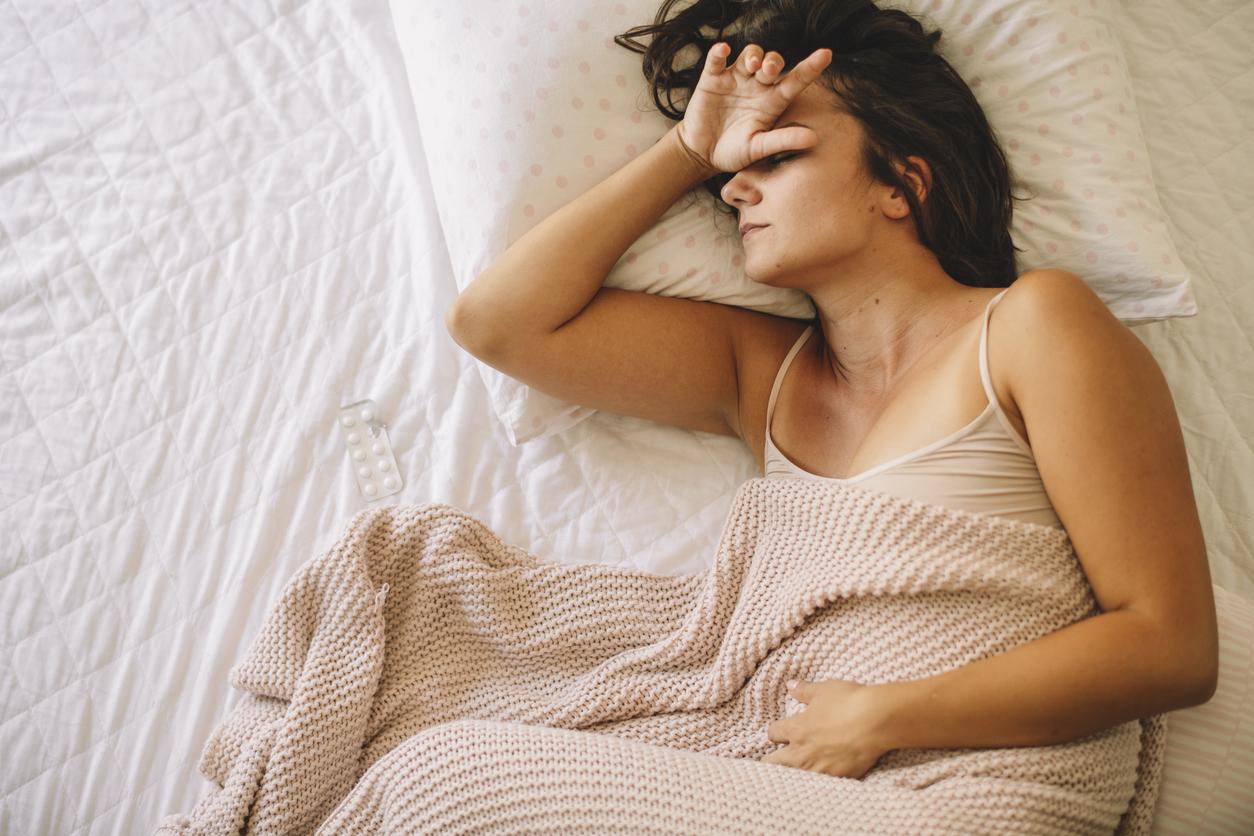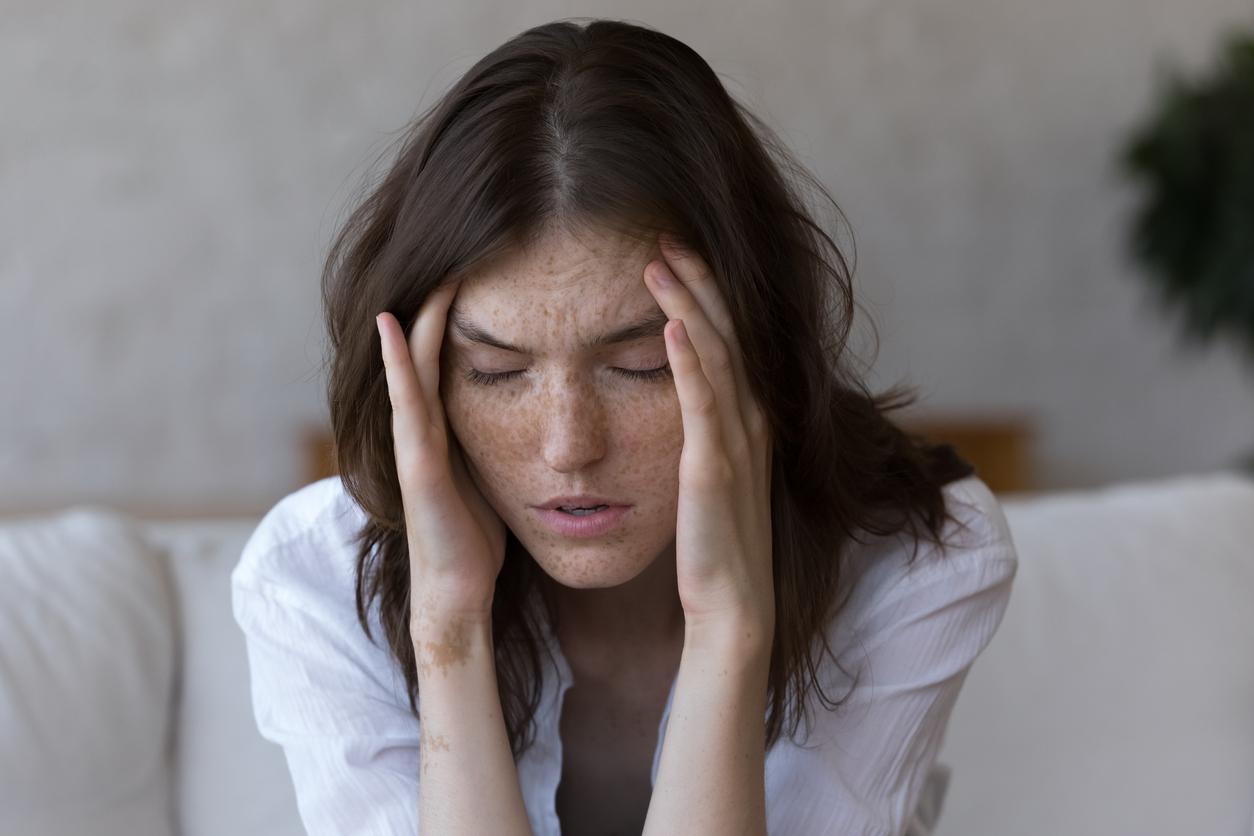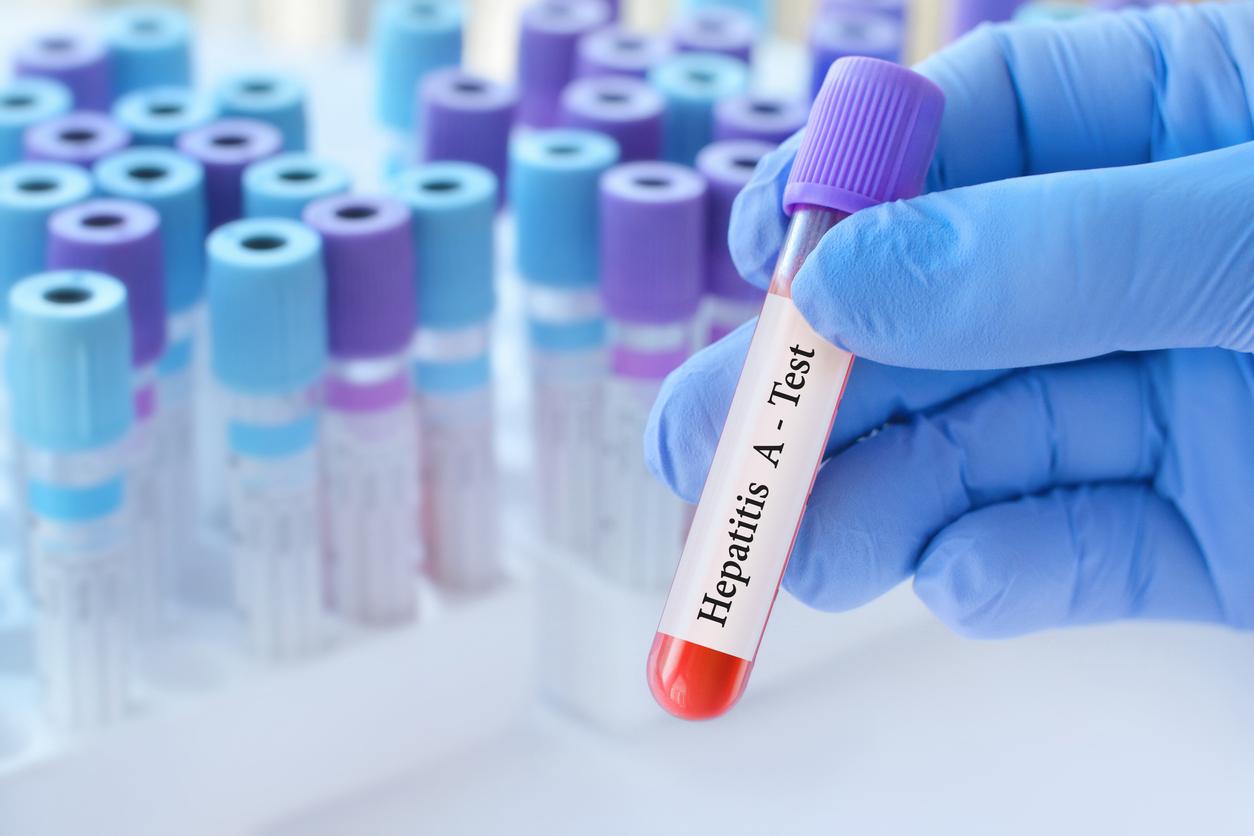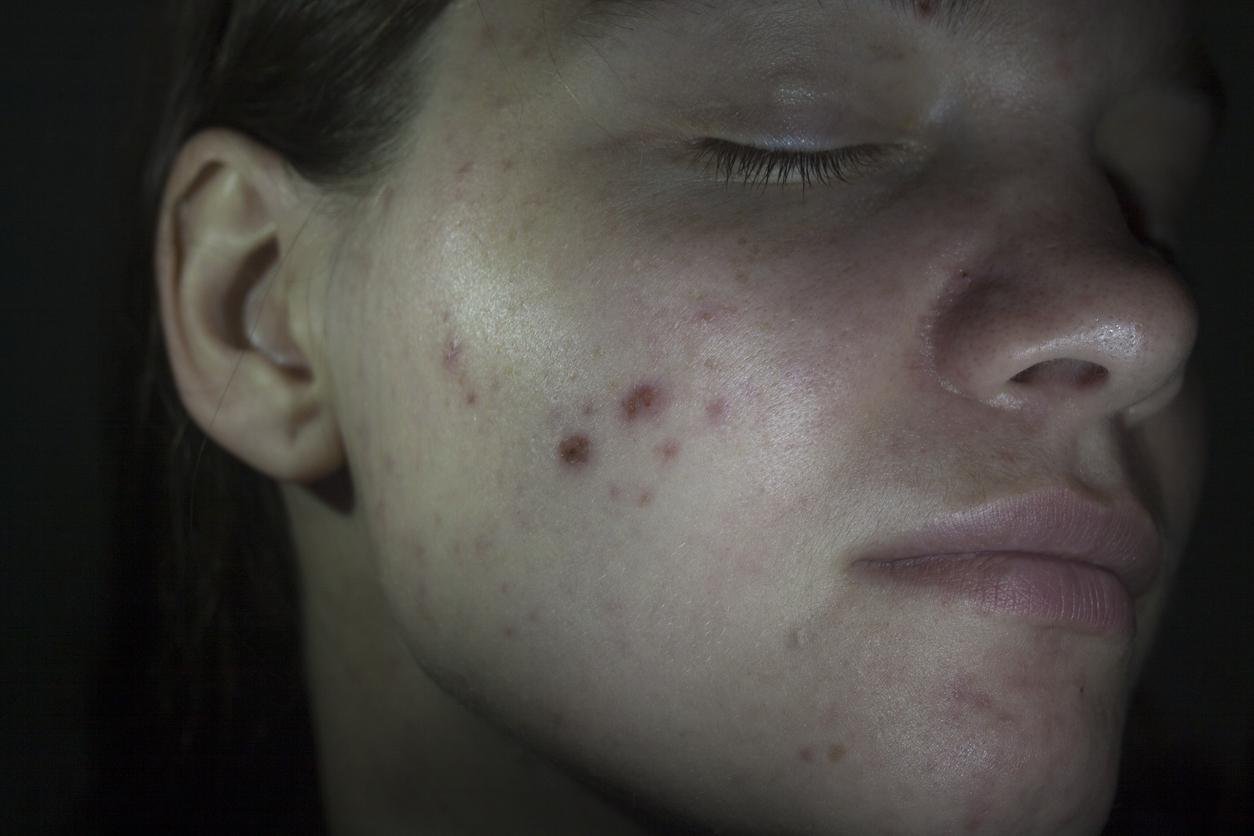
Since Thursday, October 8, the city of Lille has been placed in a “maximum alert zone”. This state of alert is leading to the implementation of restrictive measures at the local level to curb the spread of the new coronavirus.
What is the health situation in Lille and in Hauts-de-France?
According to the weekly epidemiological report of Public Health France, the incidence rate, in week 40, was 216/100 000 inhabitants in Hauts-de-France. As a reminder, this rate corresponds to the number of new cases for a disease, over a given period. From September 30 to October 6, the North (and two other regions) has the highest hospitalization rate, 6.9 / 100,000. An increase in the number of deaths was also observed in the department, in the same week. In the capital of Hauts-de-France, the alert thresholds have been reached or even exceeded. In fact, to place a territory in a “maximum alert zone”, the Ministry of Health is based on 3 criteria. The first is the incidence rate, which must be greater than 250/100 000. In Lille, this rate was 308 positive cases per 100,000 inhabitants. The second condition concerns the elderly, whose incidence rate must be greater than 100/100 000. Finally, the proportion of COVID-19 patients in intensive care must be equal to 30%. However, out of 239 resuscitation beds available in the department, 74 were occupied by these patients. This figure represents just over 30%. Consequently, more restrictive measures were announced by the Minister of Health Olivier Véran.
What new measures are being applied in Lille?
Some measures are automatic, while others are taken by local authorities. For the city of Lille, it is the regional prefect, Michel Lalande, in consultation with his elected officials, who decided to impose several rules:
- the total closure of bars and tea rooms;
- application of the 4 m² per person gauge in shopping centers and department stores;
- the closure of establishments open to the public, except those which respect strict hygiene protocol, such as theaters, cinemas or museums. Restaurants are also subject to rigorous sanitary measures (register to enter customer details, maximum of 6 people per table, etc.) and can, today, remain open;
- teleworking should be preferred for activities for which it is possible, but it is not compulsory;
- a 50% reduction in the capacity to accommodate students in lecture halls and classrooms;
- the cancellation of end-of-year festivities, such as the Christmas market.
These measures are in addition to those already in force, such as the ban on gatherings of 10 people or the consumption of alcohol between 8 p.m. and 6 a.m. on public roads.
Read also: Covid-19: The white plan launched in Ile-de-France

















